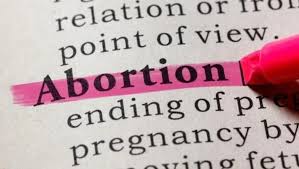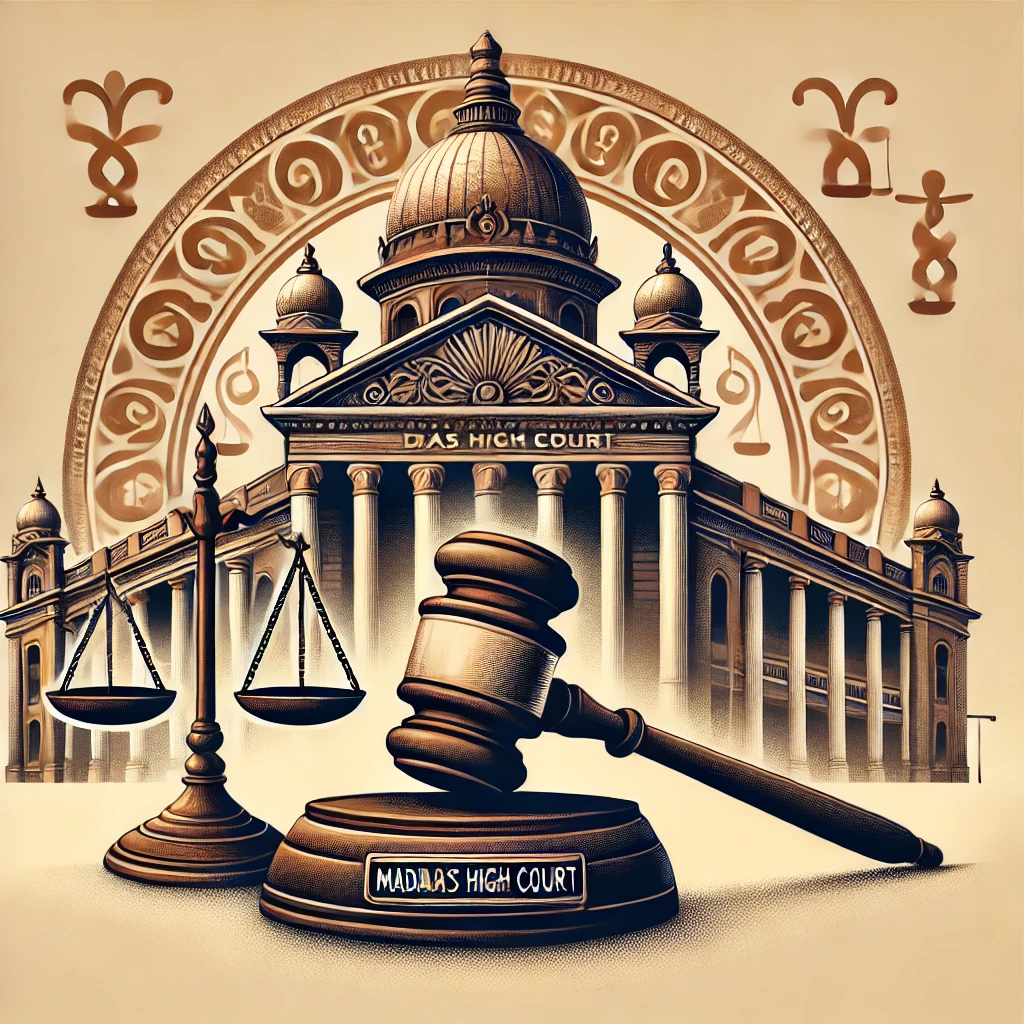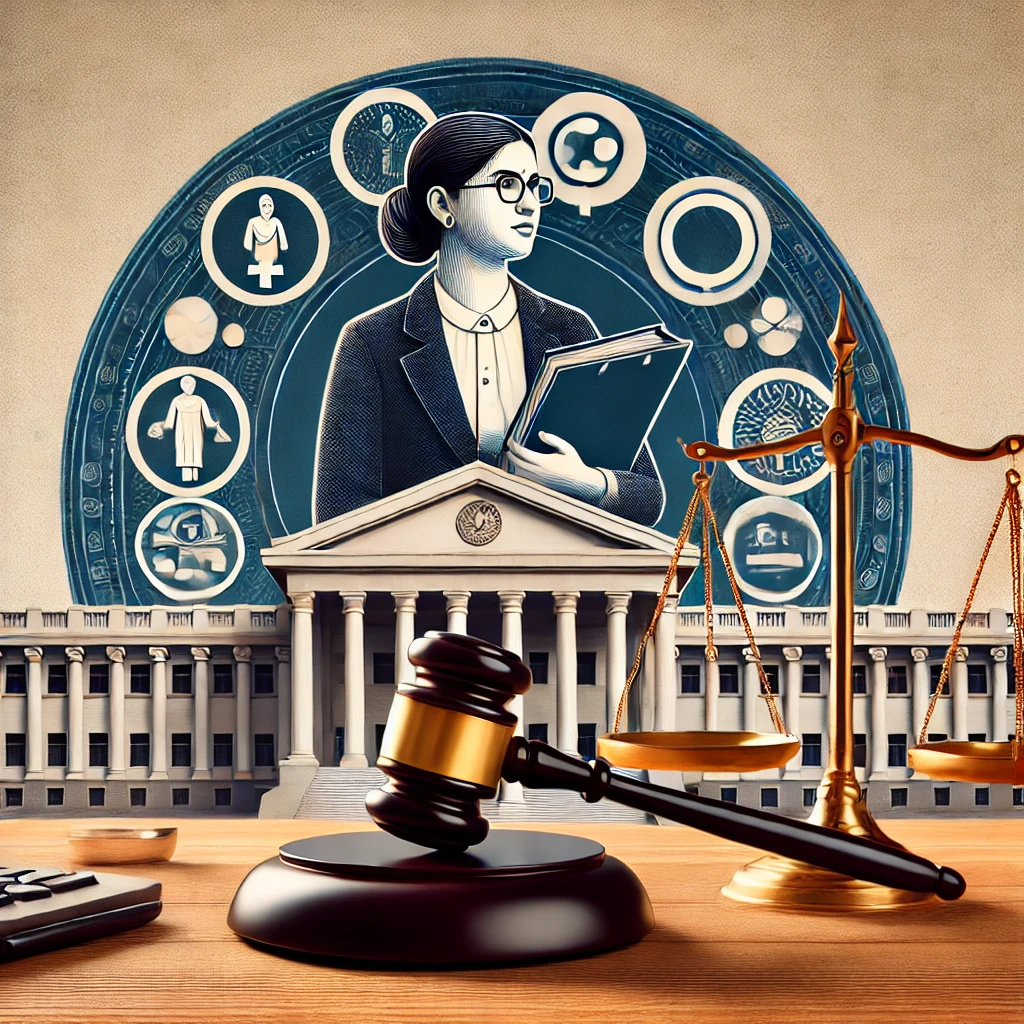Woman laws at Canada
In Canada, women’s rights are well protected by federal laws, provincial/territorial legislation, and various international human rights commitments. Canada has been recognized for its progressive approach to gender equality, although challenges remain in some areas. Below is an overview of key laws and protections for women in Canada:
🔹 Constitutional Rights & Equality
Canadian Charter of Rights and Freedoms (1982):
The Charter guarantees fundamental rights and freedoms for all individuals, including equality rights. Section 15 specifically ensures that everyone is equal before and under the law and guarantees equality without discrimination, including on the grounds of sex and gender.
This means women are entitled to equal protection and benefit from the law, including in employment, education, healthcare, and family matters.
Canadian Human Rights Act:
This federal law prohibits discrimination on the grounds of sex, gender, and other protected grounds in areas like employment, housing, and services. It applies to federally regulated sectors (e.g., federal government, banks, airlines).
🔹 Domestic Violence & Abuse
Criminal Code of Canada:
Domestic violence is a criminal offense, and various sections of the Criminal Code address physical and sexual abuse, as well as psychological and economic violence.
Violence against women is criminalized, and protections such as restraining orders (also called protection orders) are available for women fleeing domestic violence.
Sexual assault and marital rape are also criminal offenses, and the law provides significant penalties for offenders.
Domestic Violence Legislation:
Many provinces have their own domestic violence laws, providing specific provisions for protection, shelters, and legal recourse for women who experience violence in the home. These laws focus on preventing abuse, supporting survivors, and holding perpetrators accountable.
🔹 Sexual & Reproductive Rights
Abortion:
Abortion is legal in Canada and has been since the 1988 Supreme Court ruling in R v. Morgentaler, which struck down the previous restrictive abortion laws.
Women have the right to access abortion services at any stage of pregnancy, and it is considered a healthcare service provided through public health systems across provinces.
Contraception:
Women in Canada have access to a wide range of contraceptive methods, including birth control pills, IUDs, and condoms, with access to these services provided through public healthcare or private healthcare systems.
Sexual and Reproductive Health:
Comprehensive sexual education is provided in schools in most provinces, and reproductive health services are widely available, including pre-natal and post-natal care. However, some remote areas may have limited access to services.
Fertility treatments are available, and women also have the right to access assisted reproductive technologies like IVF (in vitro fertilization).
🔹 Employment & Economic Rights
Labor Rights:
The Canadian Labor Code guarantees equal pay for equal work, and gender-based discrimination in the workplace is prohibited under both federal and provincial laws.
Women are entitled to maternity leave (up to 15-18 weeks of paid leave, depending on the province), and parental leave is also available to both mothers and fathers. In some cases, paid sick leave and family leave are also available.
Sexual Harassment:
Sexual harassment in the workplace is prohibited under both the Canadian Human Rights Act and provincial/territorial employment laws. Employers are required to create workplaces free from harassment, and women have the legal right to report harassment.
Remedies for harassment include compensation, employment reinstatement, and other legal remedies.
Economic Empowerment:
While Canadian laws promote gender equality in the workplace, gender pay gaps still exist, particularly in higher-paying sectors and leadership roles. Efforts continue to improve gender parity in boardrooms and other leadership positions.
Canada has implemented policies to support women entrepreneurs, including grants, loans, and training programs for women in business.
🔹 Political Participation
Voting Rights:
Women gained the right to vote in Canada in 1916 (first in Manitoba, then other provinces, and federally in 1918), and today, women have equal voting rights with men in all elections.
Political Representation:
Women can stand for election and hold political office. In recent decades, women have made significant strides in political representation, with women serving as members of parliament (MPs), provincial legislators, and in leadership roles in government.
Trudeau's government (2015) appointed a gender-balanced cabinet, setting a significant precedent for women in political leadership roles in Canada.
Political Parity:
There are ongoing efforts to increase women's participation in politics through quotas, training programs, and advocacy groups. However, women are still underrepresented in high-level political positions.
🔹 Marriage, Divorce, and Family Law
Marriage:
Women have the legal right to marry and choose their spouse freely. Canada recognizes both civil and religious marriages, and same-sex marriage was legalized nationwide in 2005.
Divorce:
Women can file for divorce and seek legal separation in family courts. Canada has no-fault divorce, meaning that neither spouse has to prove wrongdoing for the divorce to be granted.
Child custody is generally decided based on the best interests of the child, and women are often awarded joint custody or primary custody of children.
Spousal Support & Property Division:
Upon divorce, women are entitled to spousal support (alimony) if they are financially dependent on their spouse. There are also provisions for property division, with assets generally being split equally between spouses.
🔹 International Commitments
CEDAW (Convention on the Elimination of All Forms of Discrimination Against Women): Canada is a signatory to this important international treaty, which obligates it to eliminate discrimination against women and promote gender equality.
Beijing Declaration and Platform for Action: Canada has committed to implementing the Beijing Platform for Action, a global agenda for advancing women's rights and gender equality.
The Optional Protocol to CEDAW: Canada is also a signatory to the Optional Protocol, which allows individuals and groups to bring complaints of violations of women’s rights before the CEDAW Committee.
🔹 Recent Developments
Gender Parity and Empowerment: Canada has made significant progress in areas like women in leadership, education, and healthcare.
Domestic Violence: There have been national efforts to combat gender-based violence and support survivors, with an emphasis on improving access to shelters, counseling, and legal protections for women.
Indigenous Women’s Rights: Indigenous women in Canada face unique challenges, including higher rates of violence and poverty, and there is ongoing work to improve their rights and opportunities.
















0 comments